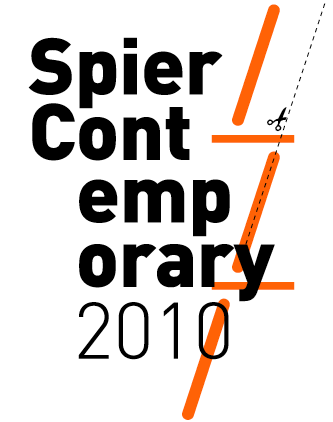The history of modern art is also the history of the progressive loss of art's audience. Art has increasingly become the concern of the artist and the bafflement of the public.
Paul Gauguin (1848 – 1903)
The idea that art is not accessible to its contemporary audience is certainly not new, as this quote by the painter Gauguin implies.
But what causes this disconnect? Is the problem with the audience itself? Gauguin certainly believed it was: “There is always a heavy demand for fresh mediocrity. In every generation the least cultivated taste has the largest appetite,” he said.
The judges of the Spier Contemporary are given free rein to choose the works that speak to them most clearly. As N'Gone Fall, a judge in the 2008 competition explained, “I am looking for artists who are able to give me keys to understand the world”.
The Turner Prize, the UK and arguably the world's best known contemporary art exhibition, recently announced its shortlisted artists. Three out of the four either draw or paint, in stark contrast to recent years. According to Stephen Adams, arts correspondent for the London Telegraph newspaper, previous Turner awards “have been dominated by video installations and hard to understand "sculptures".
Stephen Deuchar, director of Tate Britain, denied the choices were a reaction to the competitions of recent years, which have been criticised for rewarding art that only a small elite of curators can appreciate.
It is, of course, impossible for any judge to be completely objective about the work (s)he is examining. Art, by definition, calls out for a response from its audience. The artist, according to Camille Pisarro, “defines the society he lives in because he sees further and deeper than other men”.
Or women.
But do public tastes and expectations influence the judges of contemporary art competitions?
Are judges under pressure to present more accessible works?
Subscribe to:
Post Comments (Atom)


No comments:
Post a Comment